
AsianOverland.net
Tour Guide - Itinerary
Asian Overland Sydney to London
Started 22/06/2022 Finished 21/06/2023365 Days ITINERARY
Day 71 date 31/08/2022SHANGHAI, CHINA to SEOUL, SOUTH KOREA
ASIANOVERLAND.NET SYDNEY TO LONDON DAY 71: SHANGHAI, CHINA TO SEOUL, SOUTH KOREA
Being a Top Deck courier/tour guide, I love city bus tours. The best one in the world is the Seoul City Tour Bus, which stops at 22 amazing historical sites and palaces. The buses arrive and depart from the bus stops every 30-50 minutes, so you can hop off and visit historical sites at your leisure, with a fairly short wait before hopping on another bus. These buses are more convenient than my Top Deck bus tours, as we only had one bus. If you were late, like one punter at the ancient city of Troy in Turkey, we’d drive away at the designated time and you had to make your own way to catch us again, perhaps hundreds of kilometres away (at Ephesus, Turkey). Seoul is a big city with a population of 10 million, so transport and logistics are important.
Settlement of the Han River area, where Seoul is located, began around 4000 BC. Seoul retains some city walls that date from 18 BC, including Pungnaptoseong, an earthen wall in southeast Seoul. The Three Kingdoms competed for the Seoul region, and control passed from the Baekje Kingdom to Goguryeo in the 5th century, and from Goguryeo to Silla in the 6th century.
Goryeo succeeded Silla, and built a summer palace in Seoul in the 11th century. When Joseon replaced Goryeo, the capital was moved to Seoul (also known as Hanseong), where it remained. Joseon changed her name to the Korean Empire in 1897.
The Gyeongbok Palace, built in the 14th century, served as the royal residence until 1592.
Urban and civil planning were key concepts when Seoul was designed as capital in the late 14th century. The Joseon dynasty built the "Five Grand Palaces" in Seoul – Changdeokgung, Changgyeonggung, Deoksugung, Gyeongbokgung and Gyeonghuigung – all in Jongno and Jung Districts of Seoul.
The large palace, Changdeokgung, was constructed in 1405, and served as the main royal palace from 1611 to 1872. Changdeokgung was added to the UNESCO World Heritage List in 1997 as an "outstanding example of Far Eastern palace architecture and garden design".
Beside the palaces, Unhyeongung is the royal residence of Regent Daewongun at the end of the Joseon Dynasty.
Originally, Seoul was surrounded by a massive circular stone wall to provide security from wild animals and thieves, regulate visitors from other regions, and protect the city in case of invasion. Pungnap Toseong is a flat earthen wall built at the edge of the Han River. Mongchon Toseong is another earthen wall built during the Baekje period. The Fortress Wall of Seoul was built early in the Joseon dynasty for protection of the city.
Seoul has grown beyond the wall, which was destroyed by the Japanese (except along Bugaksan Mountain, north of the downtown area). The gates remain, including Sungnyemun and Heunginjimun. During the Joseon dynasty, the gates were opened and closed each day, accompanied by the ringing of large bells at the Bosingak belfry. Near the gates are the traditional markets, Namdaemun Market and Dongdaemun Market.
In the late 19th century, after hundreds of years of isolation, Seoul opened its gates to foreigners and began to modernize. Seoul became the first city in East Asia to introduce electricity in the royal palace, built by the Edison Illuminating Company, and a decade later Seoul implemented electrical street lights.
Japan annexed Korea in 1910 and renamed the city Gyeongseong ("Keijo" in Japanese). Japanese technology was imported, the city walls were destroyed, and some of the gates demolished. The city was liberated from the Japanese by U.S. forces at the end of World War II. In 1945, the city was officially named Seoul.
© This work is copyright. Apart from any use permitted under the Copyright Act 1968, no part may be reproduced by any process, nor may any other exclusive right be exercised, without the permission of Peter Searle, peter@portseavillageresort.com; 1980-2024.
Website built by Justin O’Dea www.webdeveloperdocklands.com.au
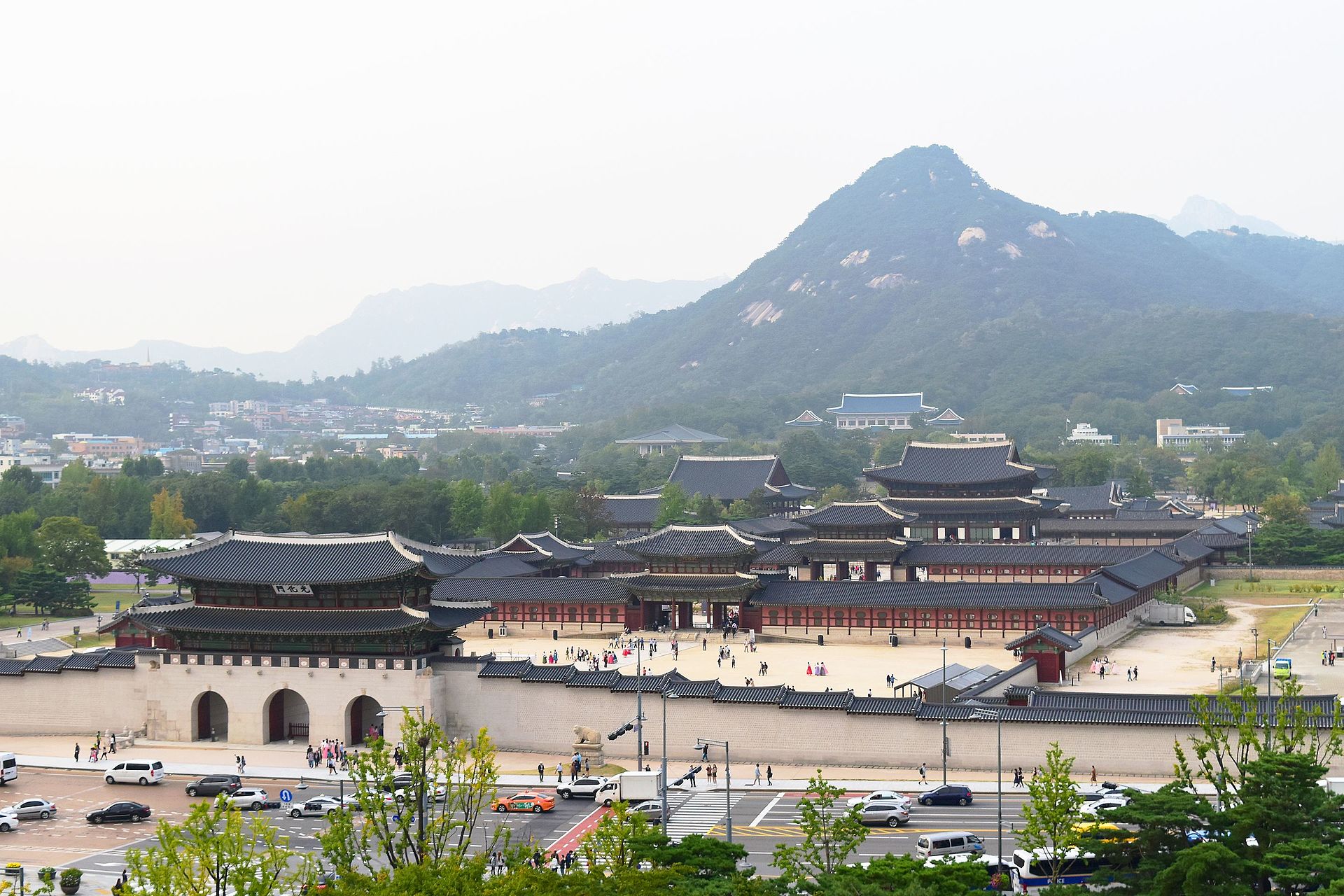

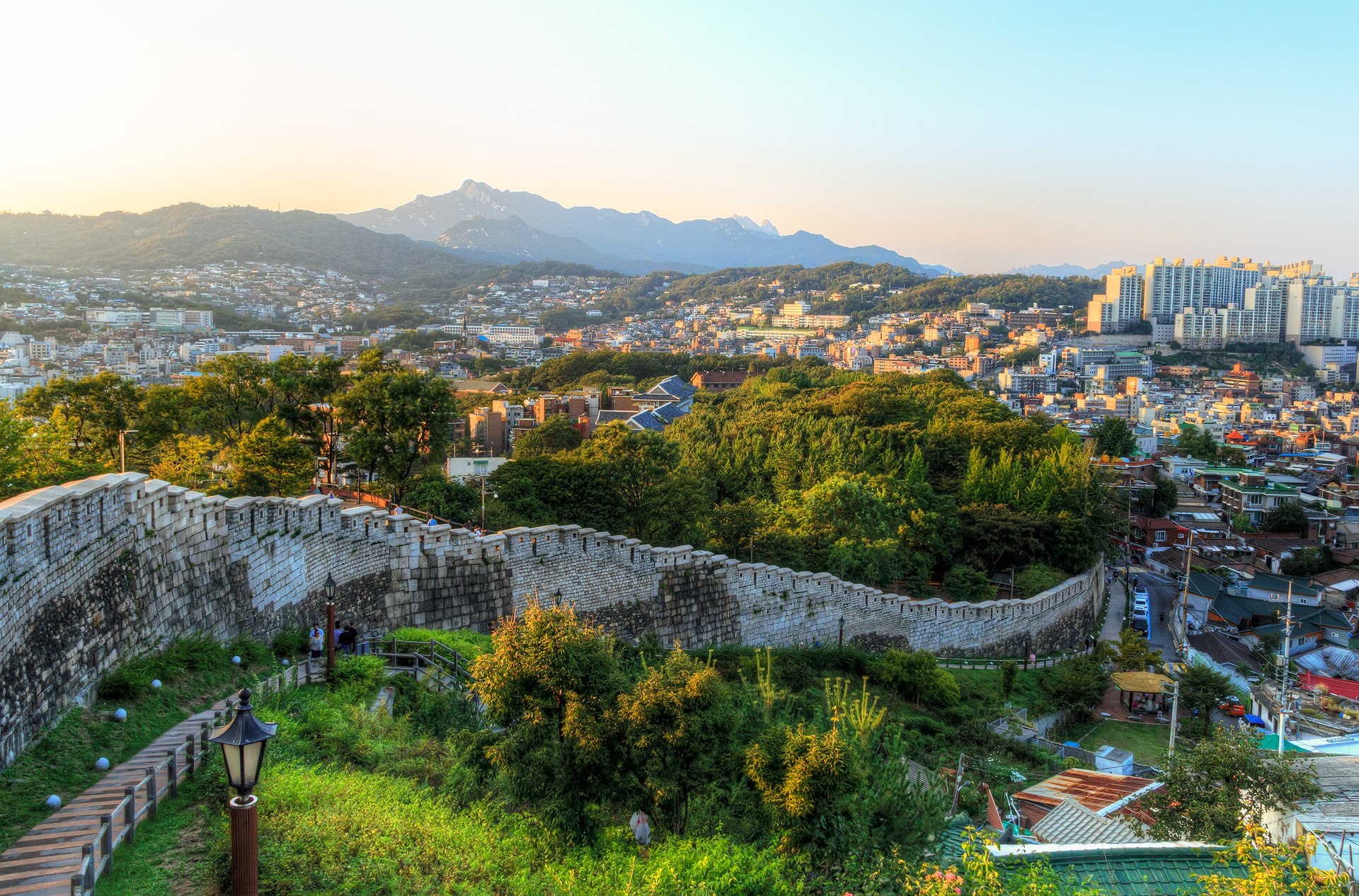


_2011년_11월_대한민국_서울특별시_명소_(Seoul_best_attractions)_10.jpg)
.jpg)
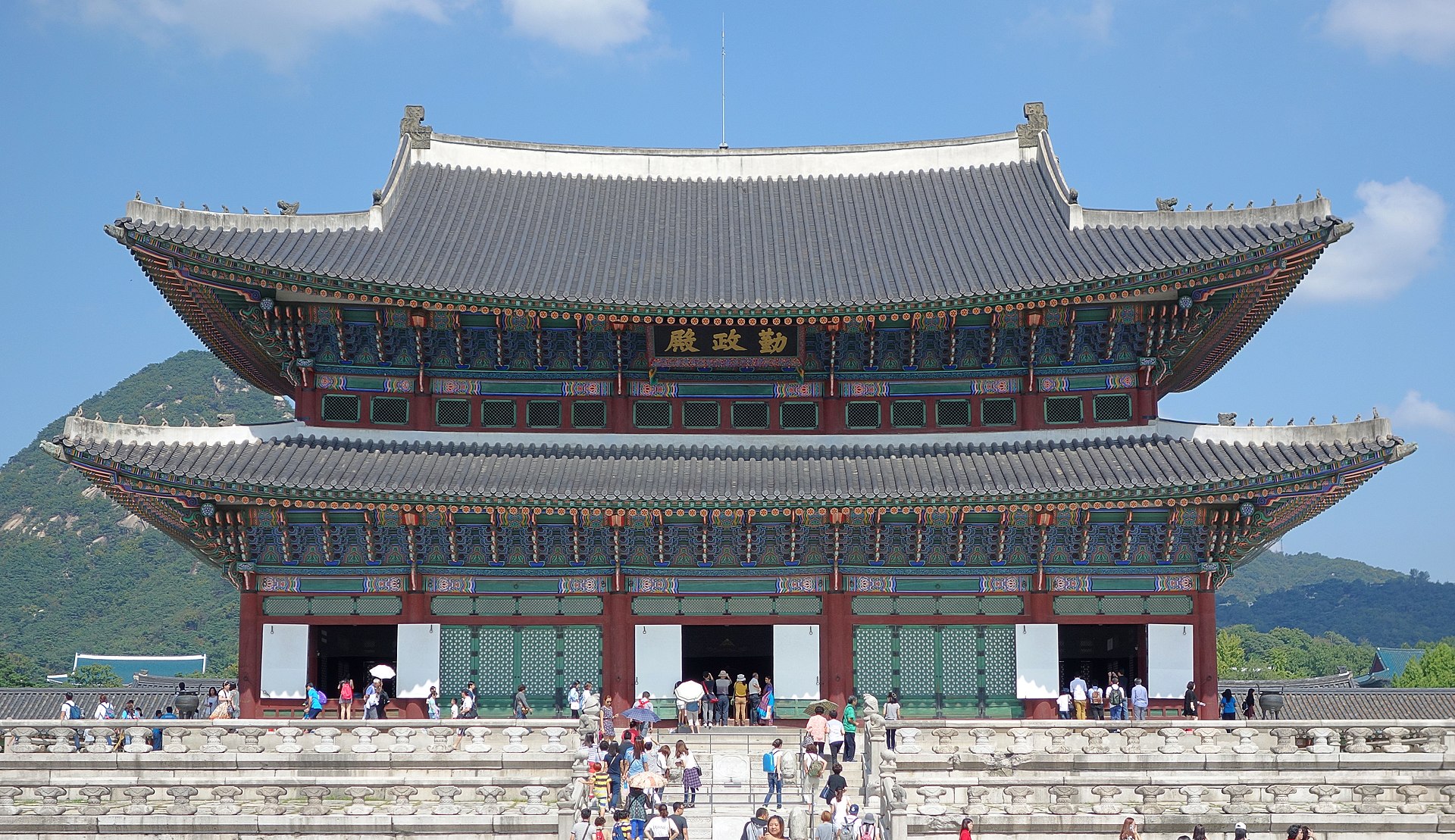
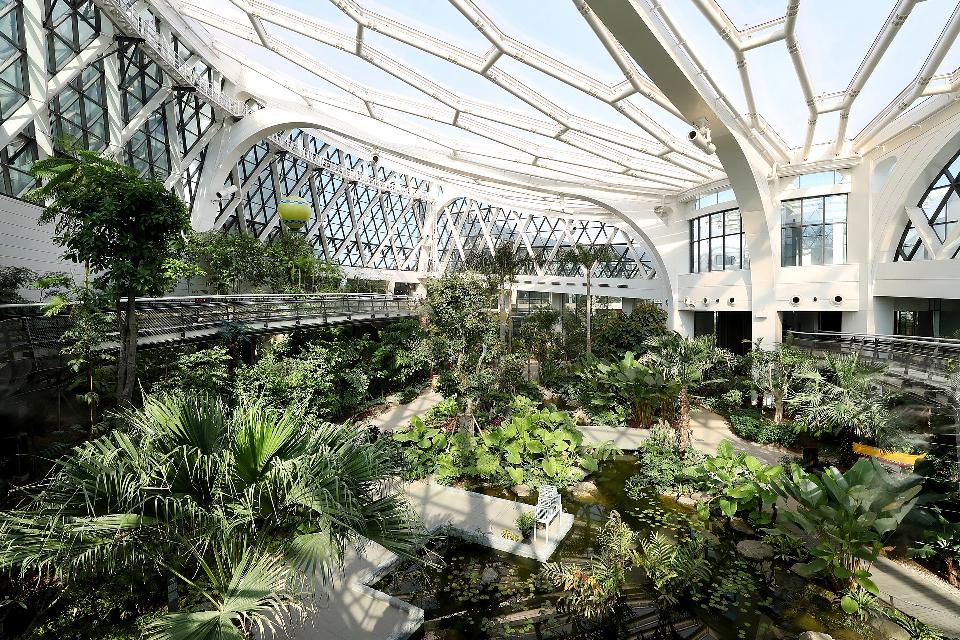

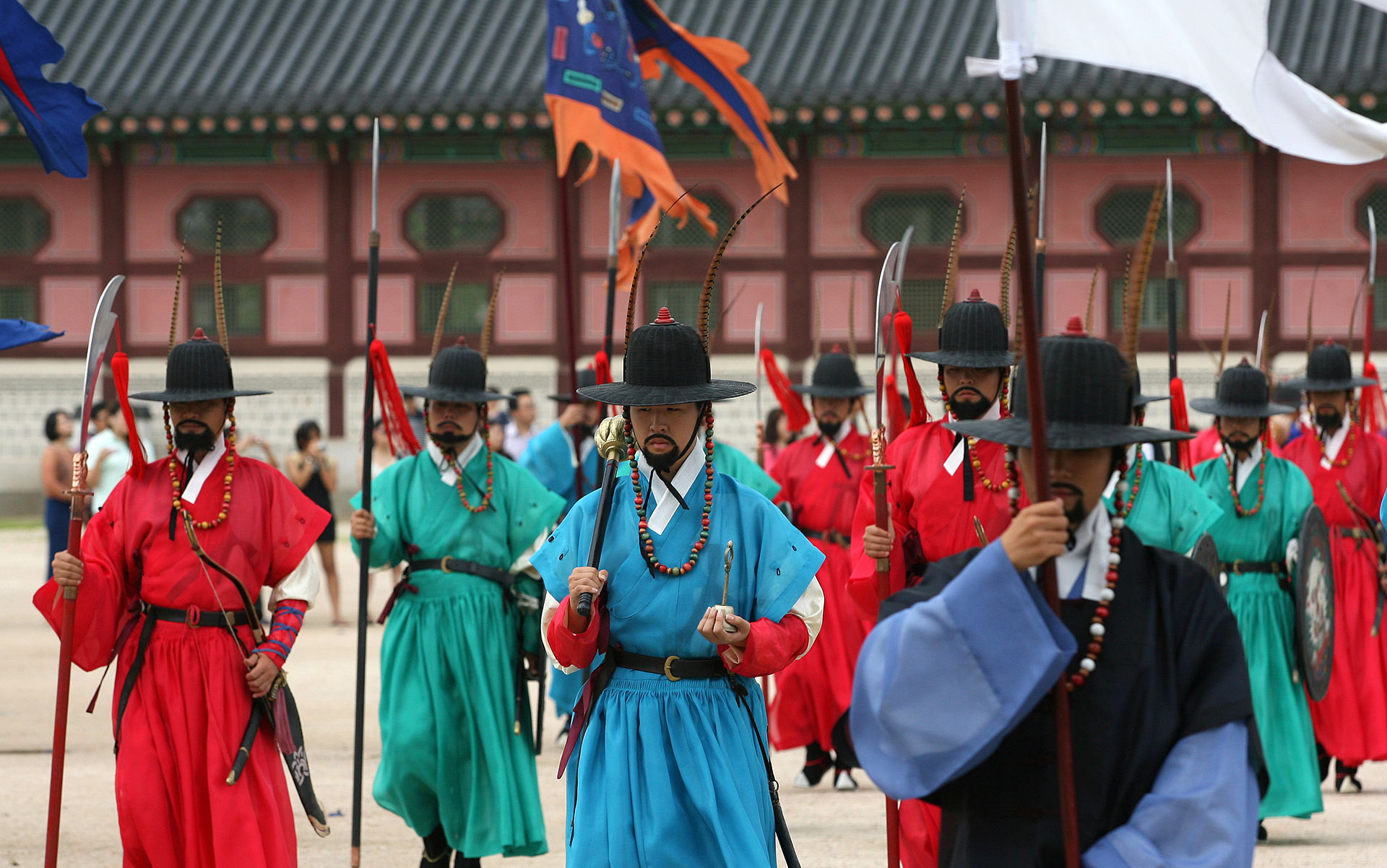
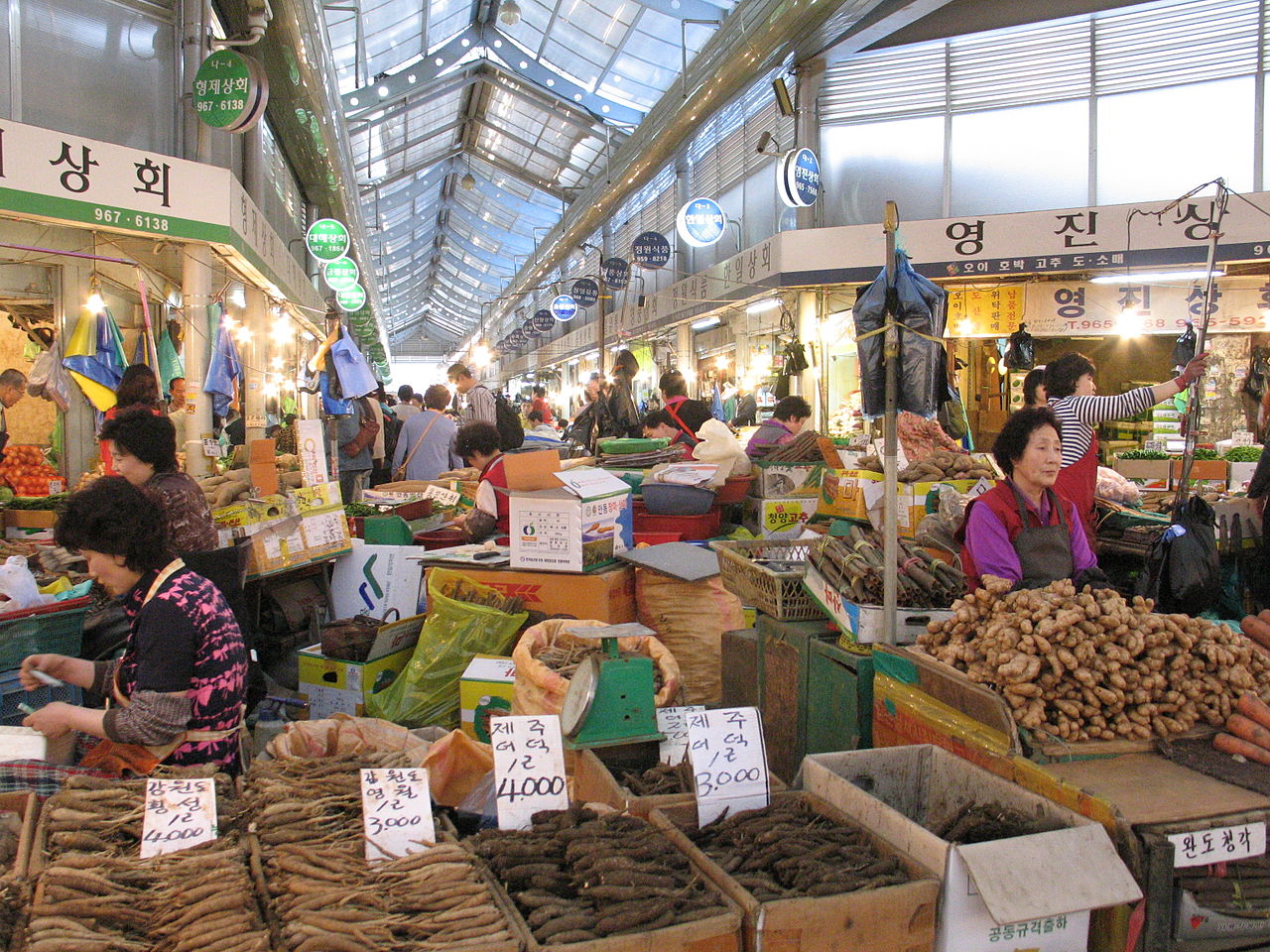

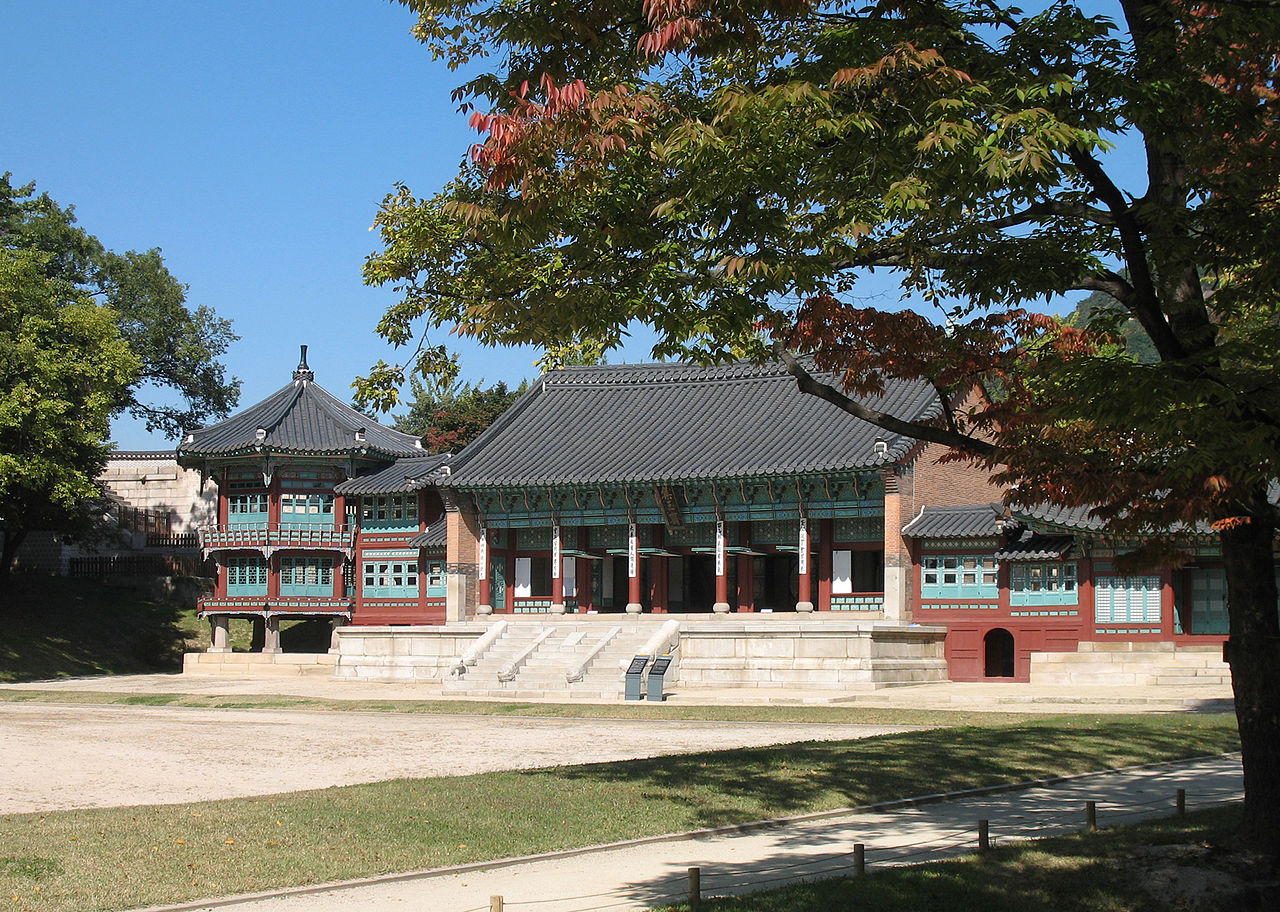
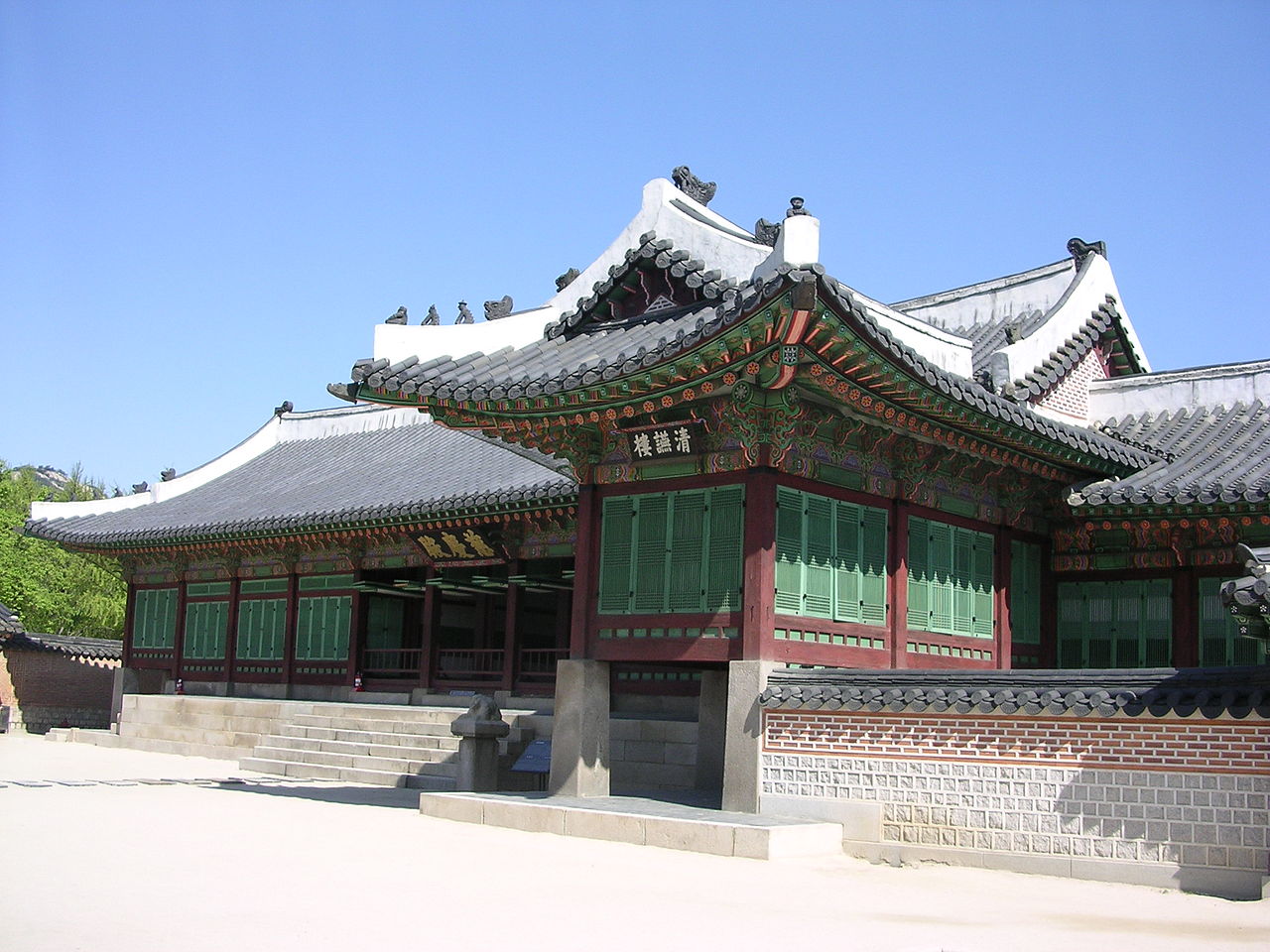
_at_Gyeongbokgung_Palace,_Seoul.jpg)
